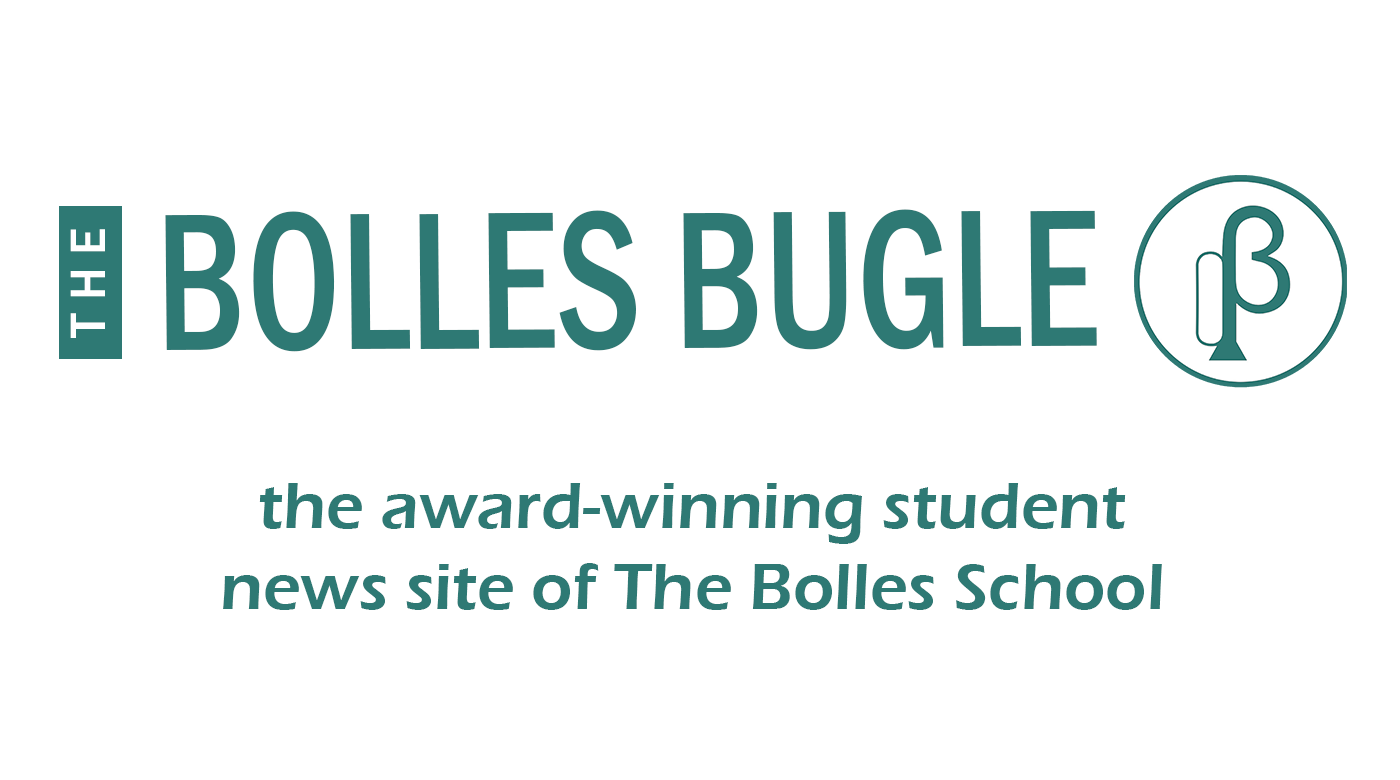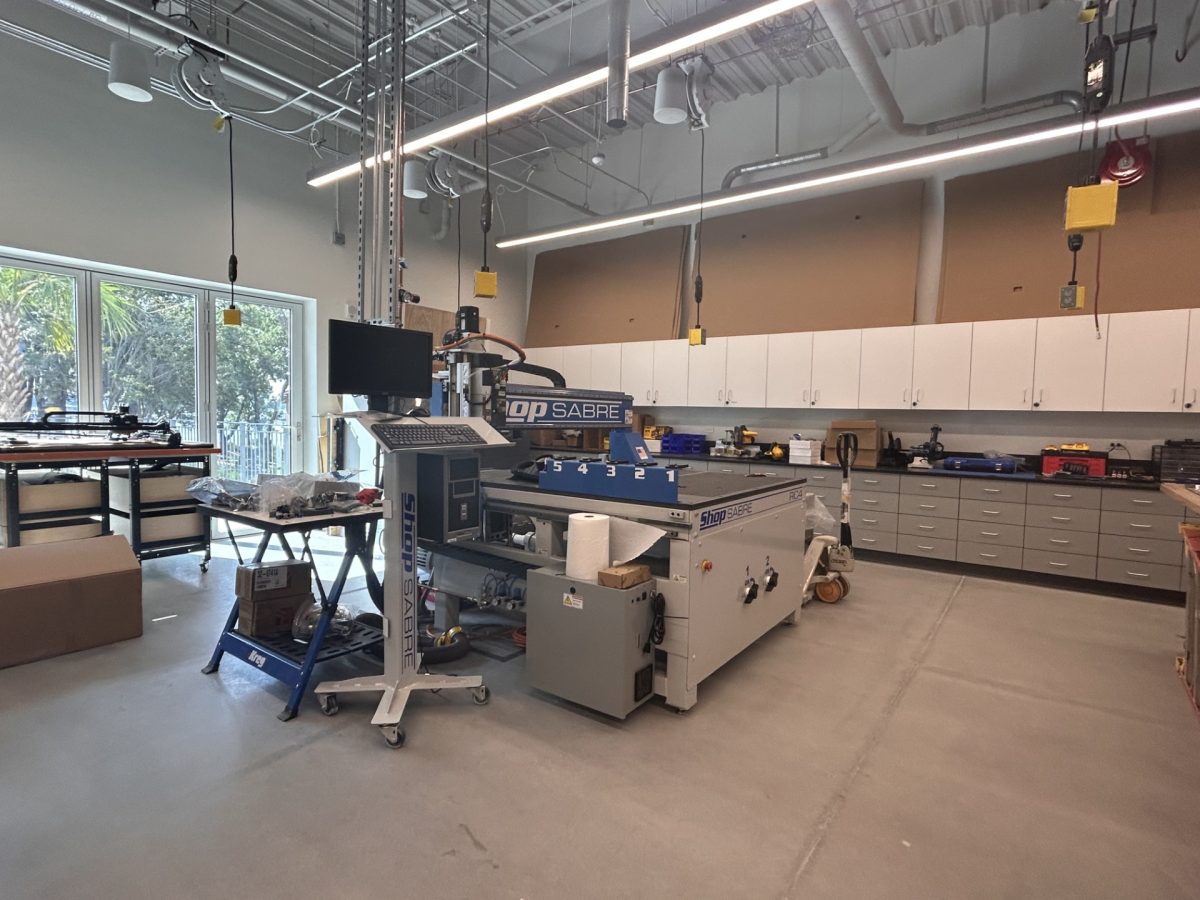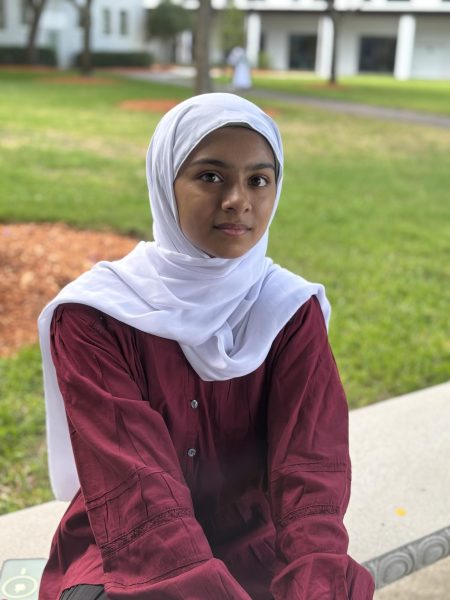Mr. Nick D’Angelo is the head of construction and faculty for the new Fabrication Lab. “The lab is mainly going to be used for servicing any kind of club or team here,” he said, “as well as any kind of classroom or faculty member who wants to incorporate it into their class”. 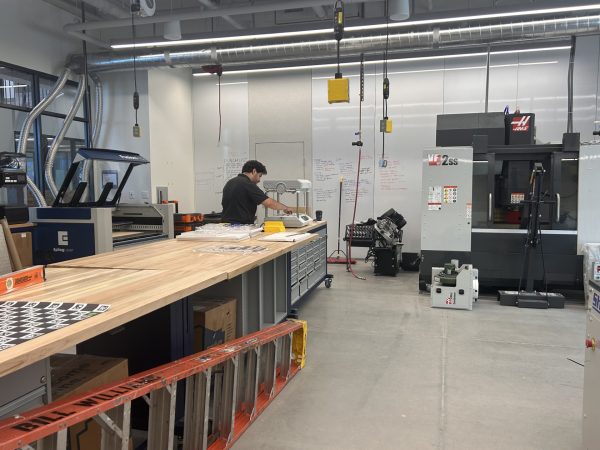
The Fabrication Lab is a new space that will be opening up in the Center for Innovation (CFI), hopefully by next semester. This lab is going to be used for creating projects and allowing students to have access to tools that they wouldn’t usually have.
“We want students to be able to come in and use the space for work on capstone projects or engineering projects,” D’Angelo said, “as well as the robotics team to be able to create custom parts for their devices.”
“I’m looking forward to the 3d printers because I like designing 3d printed models and I think it’d be cool if I have a chance to print things because I don’t have an option to do that at my house” – Brittany Tomkovich ‘28
The lab will have Computerised Numerical Control (CNC) mills and routers, several 3D printers, a laser cutter, an in-progress welding machine, and possibly robotic arms which students can program to do tasks.
D’Angelo has hopes that students will be able to use these machines to perform experiments or possibly be implemented into robotics, and both the CNC mills and routers will be useful to create precise cuts for student and faculty projects. Laser cutters will allow students to carve out specific pieces for projects, and have the artistic liberty to laser on designs.
There will be two types of 3D printing in the FabLab: resin and Fused Deposition Model (FDM) printing. This is extremely useful because this allows for quick and intricate 3D printing. Resin printing allows for smooth and highly detailed works, while FDM printing can be used to print larger scale models, allowing for more durability and quicker results. The printing processes themselves are also different. Resin printing is done by using liquid resin that is cured by a UV light in layers. In FDM printing, a nozzle will squeeze out filament, a plastic with a low melting point, to create a model. Finally, the CNC Taper Mill is going to be used to cut and mill all sorts of plastics, metals and wood.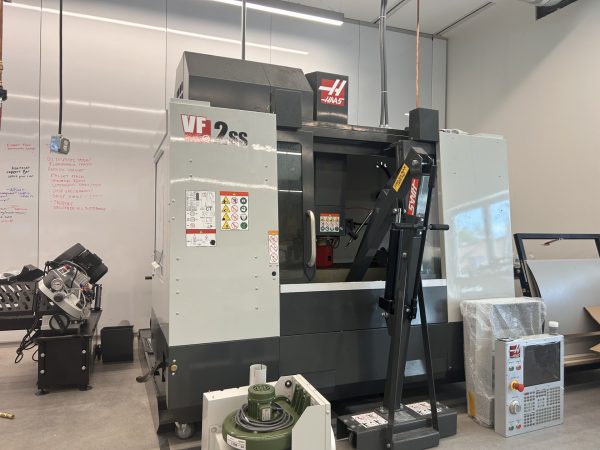
Several classes are going to be using the new lab, such as CAD Modeling, engineering programs, and the Bolles Robotics team. Eventually, D’Angelo wants to see students using the lab during their free periods, and teachers using it as well to demonstrate lesson plans.

